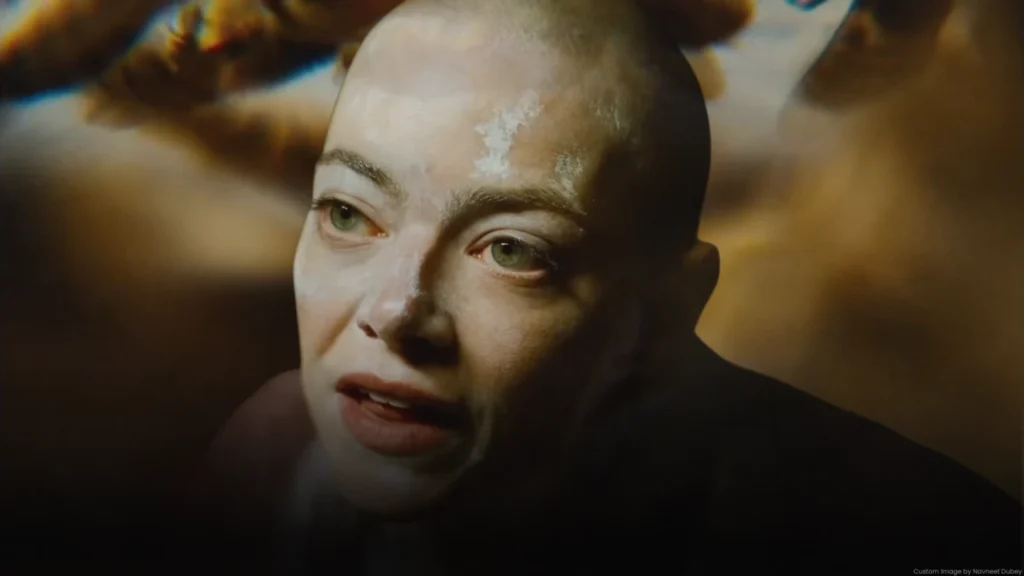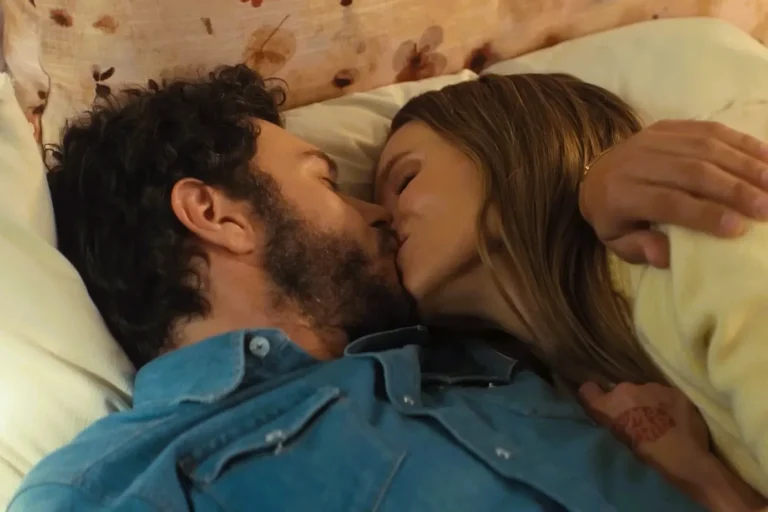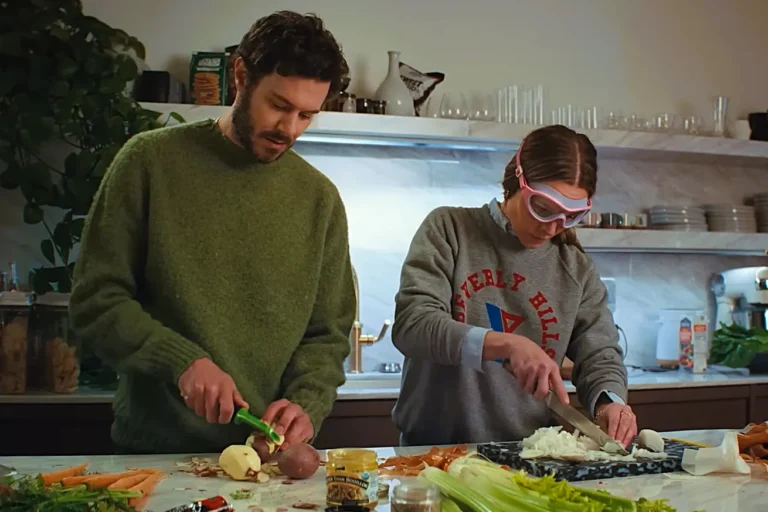Summary
-
The Perfect Neighbor reconstructs the 2023 killing of Ajike “AJ” Owens from two years of police bodycam footage and 911 audio.
-
The shooter, Susan Lorincz, was arrested days after the June 2, 2023 shooting, convicted of manslaughter in 2024 and sentenced to 25 years.
-
The documentary premiered at Sundance and was released on Netflix on October 17, 2025, aiming to center the victim and interrogate policing, community responses, and “stand your ground” dynamics.
The Perfect Neighbor is a raw, chronological account of how a neighborhood dispute in Ocala, Florida turned fatal. Director Geeta Gandbhir assembles two years of police bodycam footage, 911 tapes and on-scene audio to show the escalation from repeated complaints about children playing to the June 2, 2023 shooting that killed Ajike “AJ” Owens. The film keeps the family at its center while asking how ordinary conflicts can end in irreversible violence.
What does The Perfect Neighbor reveal about how the shooting unfolded?

The documentary lays out a simple but disturbing sequence: over months, a single neighbor identified as Susan Lorincz repeatedly complained to police about local children playing in a vacant lot near her home. Those calls, recorded and shown in the film, paint a picture of mounting frustration: Lorincz often described herself as fearful, recorded the kids on her phone, and at times confronted them directly. Officers who responded to those calls were frequently skeptical, noting that other neighbors did not share her level of alarm.
On June 2, 2023, the tension boiled over. According to police records and the documentary, Lorincz called 911 reporting trespassing; minutes later she reported that someone, later identified as AJ Owens was at her door, banging. Lorincz shot through the locked door and Owens was struck. Emergency responders arrived, performed life-saving measures, and Owens was later pronounced dead at a hospital. The bodycam footage and dispatch audio used in the film show the moments before and after the gunshot but do not include the bullet’s impact on camera. These materials form the film’s evidentiary spine and shape its narrative logic.
The filmmakers make a deliberate choice not to dramatize the shooting with recreations or talking-head commentary; instead they let the raw, unvarnished recordings speak. That editorial decision focuses attention on sequence and context: repeated complaints, confrontations captured on audio and video, police responses, and the small decisions that led to a life lost.
READ MORE: The Perfect Neighbor Ending Explained
How does The Perfect Neighbor use bodycam footage to change the viewer’s perspective?

Gandbhir’s film turns tools meant to document police work into instruments of public scrutiny. By arranging two years of footage chronologically, the film asks viewers to track pattern and tone the same way investigators and neighbors did to see escalation as a process rather than a single, inexplicable event. Bodycams capture officers’ real-time judgments, dispatchers’ timing, and citizens’ voices; that immediacy shifts the documentary from interpretation toward close observation.
That choice has two clear effects. First, it foregrounds procedural questions: when multiple calls complain about the same behavior, what options do police have besides repeated responses? Gandbhir and interviewees in the film wonder why mediation or social-service intervention wasn’t pursued. Second, it displaces sensationalism: the shooting is presented as the terrible culmination of avoidable, mundane conflicts not as a single, isolated “crime of passion.” The footage shows neighbors’ daily lives, the children at play, and community rituals, so viewers are repeatedly reminded of the human stakes behind the headlines.
READ MORE: Deliver Me From Nowhere Soundtrack: Every Song Listed
Who are the people at the center of this story, and how are they portrayed?
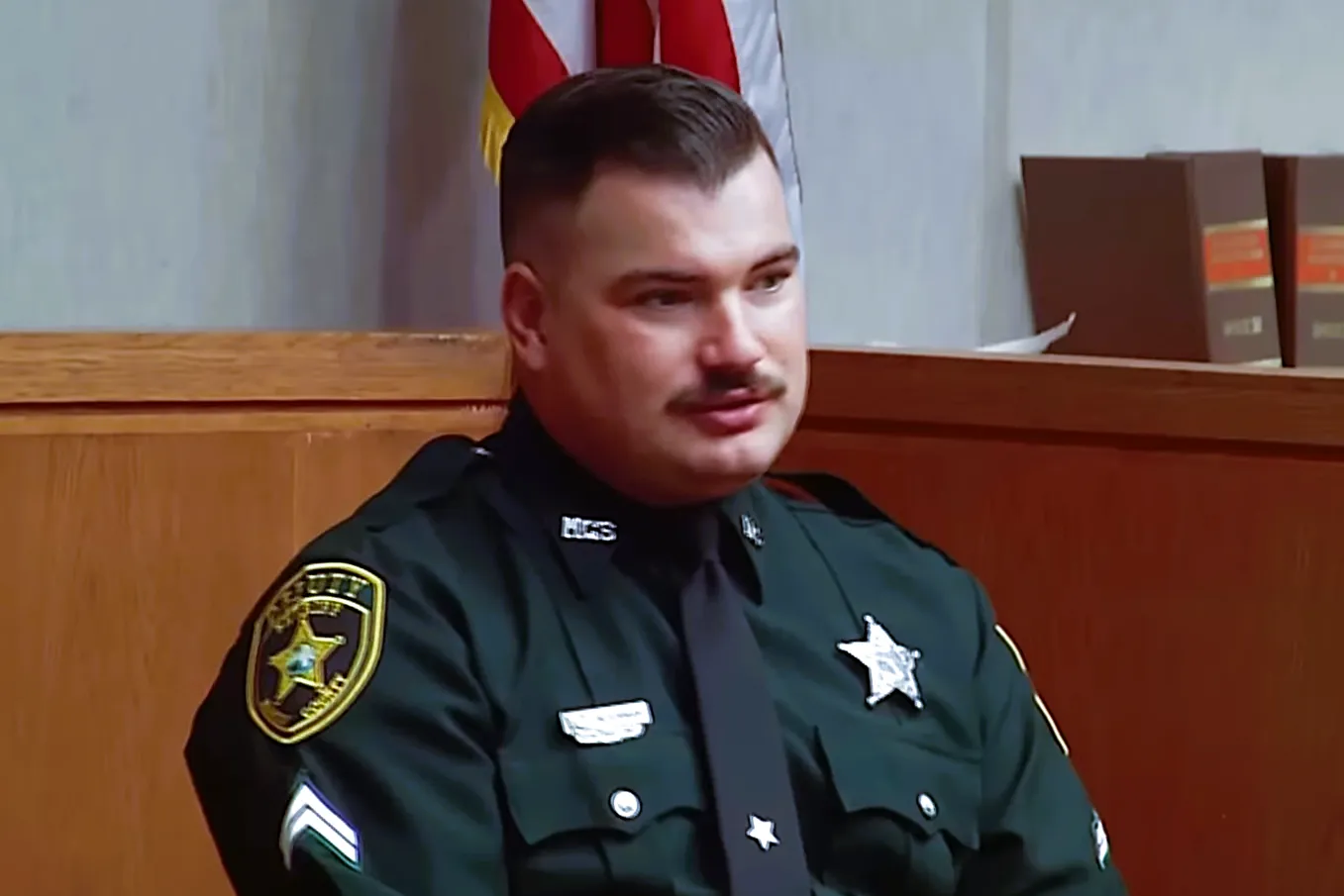
The human core of The Perfect Neighbor is the Owens family. The film uses family photos, home footage and testimony to restore AJ Owens’s presence beyond the moment she died: mother, McDonald’s manager, and caregiver to four children. Pamela Dias, AJ’s mother, features prominently in the film’s emotional throughline, emphasizing both grief and the family’s desire to transform loss into advocacy.
Susan Lorincz appears through the bodycam recordings of her calls and interactions with officers. In those recordings she repeatedly claims fear and insists she acted in self-defense; during the legal process she wrote apology letters and spoke of fear. The film’s patterning of her calls, recordings, and neighbor interviews shows a character who was persistently at odds with her community and whose actions, the jury later found, crossed the line into criminal culpability.
Law enforcement figures appear as procedural actors: responding deputies, detectives who later question Lorincz, and dispatchers whose timing becomes part of the record. The documentary’s reliance on official recordings makes those actors visible without adding interpretive narration, inviting viewers to weigh what the footage shows against what investigators later concluded in court.
READ MORE: Deliver Me from Nowhere – How Accurate Is the Bruce Springsteen Biopic?
What did the criminal case conclude, and how does the film present the outcome?

Following a public outcry and investigation, authorities arrested Susan Lorincz several days after the shooting. She faced multiple charges including manslaughter with a firearm, culpable negligence and assault. In 2024 a jury convicted Lorincz of manslaughter; in November 2024 she was sentenced to 25 years in prison. The judge at sentencing emphasized that the act appeared driven by anger rather than a reasonable fear of imminent death, and the conviction closed the criminal chapter of the case while leaving a larger civic conversation open.
The Perfect Neighbor closes with that legal outcome but intentionally underscores the aftermath: the Owens children’s trauma, vigils and public reaction, and the family’s efforts to channel grief through the Standing in the Gap Fund and public advocacy. The documentary frames the conviction as accountability in one court while asking whether systemic changes might prevent similar tragedies.
READ MORE: Hazbin Hotel Season 2: Every Confirmed Character and Voice Actor So Far
Does the documentary address Florida’s “stand your ground” laws and racial dynamics?
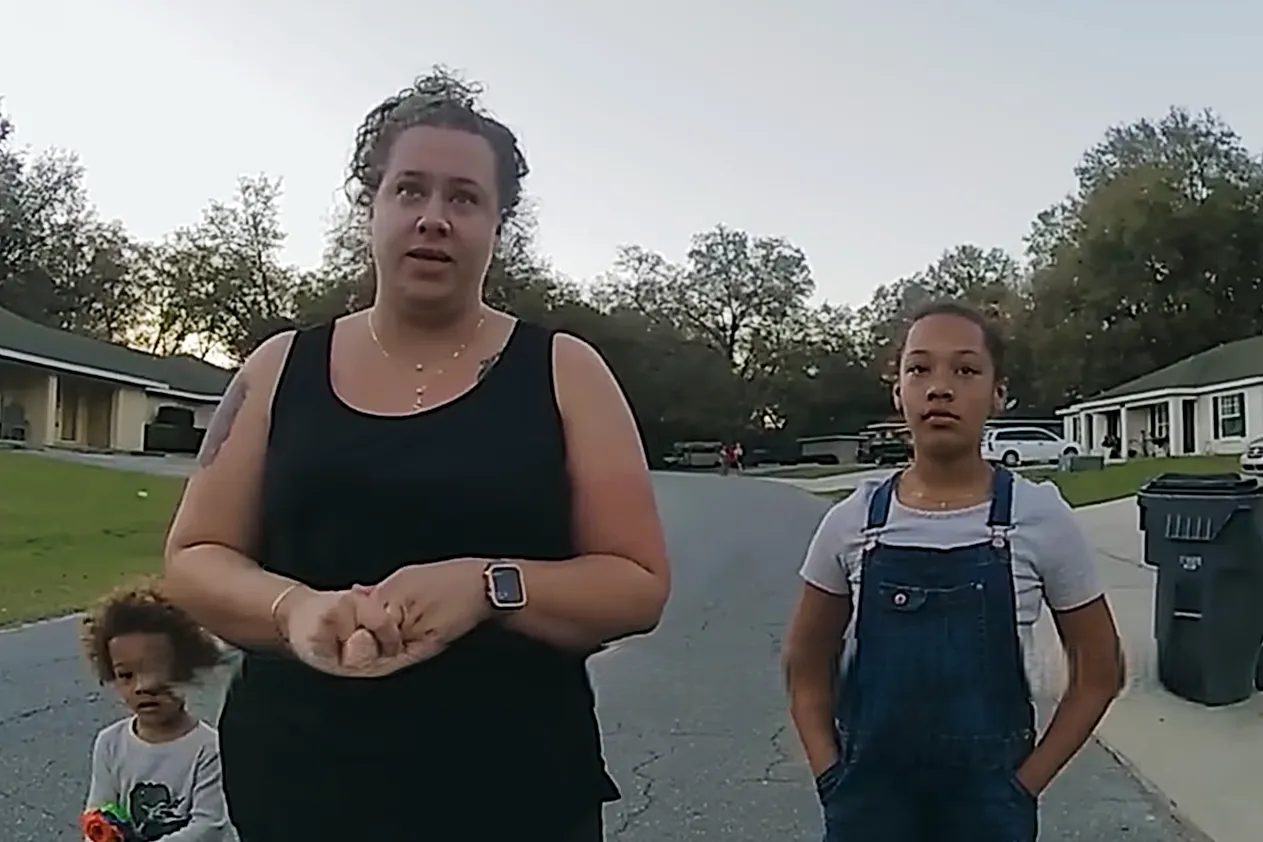
Yes. The film situates the Ocala shooting within a broader legal and social context. Florida’s “stand your ground” laws became a national flashpoint after the 2012 Trayvon Martin case; public debate about those statutes and racial disparities in self-defense claims is part of the documentary’s subtext. Gandbhir and interview material the film references suggest that repeated calls and armed behavior should have prompted earlier interventions. The movie does not issue legal rulings; it presents footage and facts that invite viewers to consider whether laws and local responses enabled or deterred escalation.
The racial dimension is explicit: Owens was a Black mother of four, and Lorincz is white. The film includes community reaction and national attention including coverage and commentary that connected the case to historic patterns of unequal treatment under self-defense claims and so the documentary asks audiences to see the killing as both a local tragedy and part of a national pattern.
READ MORE: Complete Cast And Character List of Springsteen: Deliver Me From Nowhere
Where and when did the film premiere, and how can viewers watch it?
The Perfect Neighbor premiered at the Sundance Film Festival, where the film’s subject matter and method drew critical attention. Netflix acquired distribution and released the documentary on its platform on October 17, 2025, making the film widely available to stream.
Source: Time
Stay updated with the Latest News and Stories, follow us on our social media platforms.
You can follow us on:
Stay Connected!! Join our Whatsapp Channel







